Introduction to MQL to SQL Conversion Rates
What is an MQL (Marketing Qualified Lead)
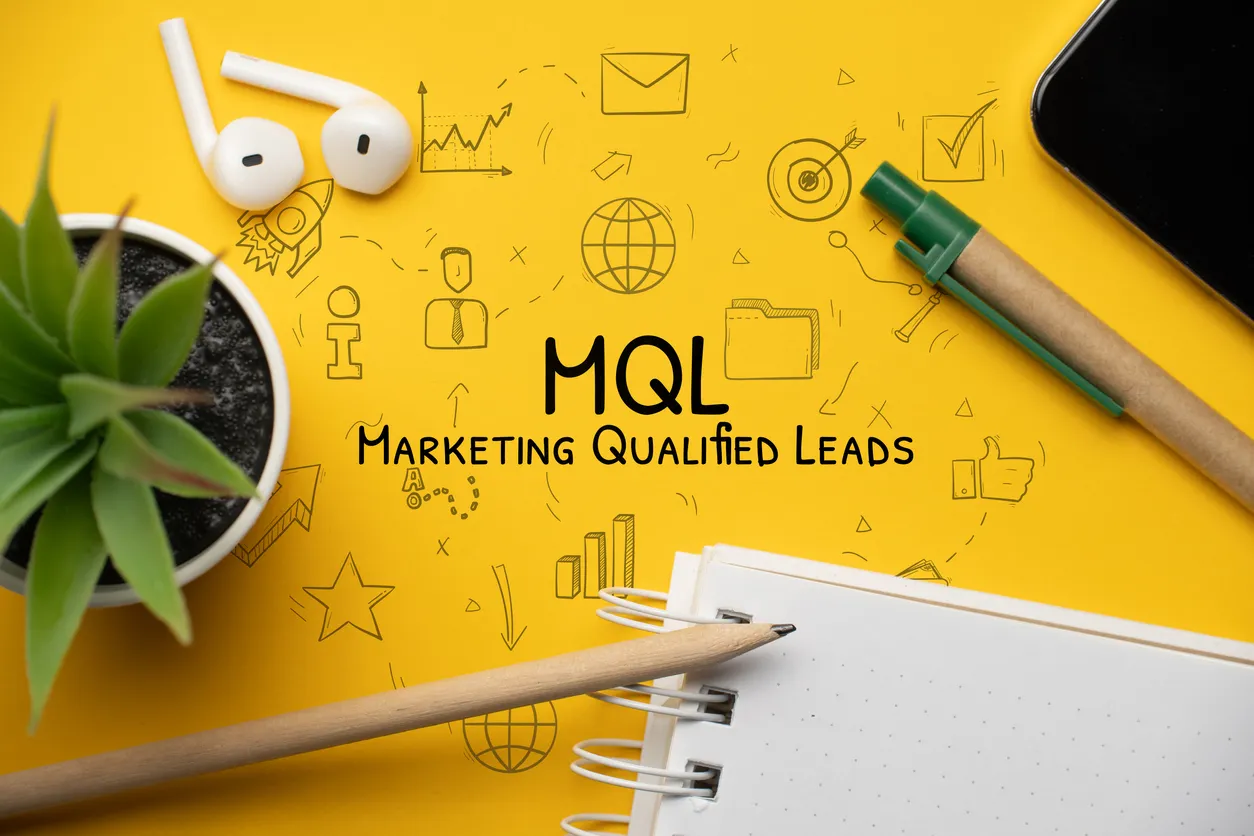
A Marketing Qualified Lead is a prospect that has been identified as more likely to become a customer than other leads based on their engagement with marketing efforts. Here’s what sets an MQL apart:
- Engagement Level: An MQL has interacted with your marketing content, showing interest through actions like downloading whitepapers, attending webinars, or visiting multiple landing pages.
- Scoring Criteria: Marketing teams use lead scoring to qualify leads based on specific behaviors and demographic details, helping prioritize which leads should be nurtured with more personalized content.
Importance of MQLs:
- Targeted Marketing Efforts: By identifying MQLs, marketing teams can tailor their strategies to move these leads further down the funnel, increasing marketing qualified leads and the overall effectiveness of marketing campaigns.
- Resource Allocation: Focusing on MQLs ensures that resources are spent on leads that have shown genuine interest, thereby improving marketing ROI.
What is an SQL (Sales Qualified Lead)

An SQL is a prospective customer that has passed the qualifications of the sales team and is deemed ready for a direct sales approach. Below are key characteristics of an SQL:
- Sales Readiness: An SQL meets the criteria necessary for potential sales success, such as having the budget, authority, and a clear need for the product or service, often evaluated using the BANT (Budget, Authority, Need, Time) framework.
- Sales Engagement: This lead has typically moved beyond just interest and has actively inquired about specific products or services, indicating a readiness to discuss pricing and implementation.
Why SQLs are Crucial:
- Higher Conversion Likelihood: SQLs are much closer to making a purchase, with significantly higher conversion rates into paying customers than earlier-stage leads.
- Efficient Sales Process: Concentrating on SQLs allows the sales team to focus on the most promising opportunities, optimizing sales efforts and potentially shortening the sales cycle.
Key Difference Between MQL and SQL
When a Lead is Progressed from MQL to SQL in Sales Funnel

Progressing a lead from a Marketing Qualified Lead (MQL) to a Sales Qualified Lead (SQL) in the sales funnel is a critical phase in the lead management process. Here’s a step-by-step guide on how this transition typically occurs, ensuring a smooth handover from the marketing team to the sales team.
Step 1: Lead Generation and Initial Qualification
- Collect Leads: The process starts with generating leads through various channels such as content marketing, social media ads, landing pages, and marketing campaigns.
- Initial Scoring: Leads are initially scored based on their engagement with these marketing efforts. Criteria might include page visits, content downloads, and webinar attendance.
Step 2: Engagement and Behavior Analysis
- Track Interactions: Marketing teams use tools to track how leads interact with marketing materials. This includes which emails they open, which links they click, and how long they spend on certain webpages.
- Refine Scoring: As more data is collected, the marketing team refines the lead's score based on observed behaviors that indicate interest and engagement levels.
Step 3: Enhanced Lead Nurturing
- Targeted Content: Leads identified as MQLs receive more targeted content designed to address their specific needs and pain points. This may include personalized email sequences, exclusive content offers, or invitations to private webinars.
- Monitor Responses: The response to these nurturing efforts helps further segment MQLs who are more likely to move to SQL status.
Step 4: Review and Handoff to Sales
- Pre-Qualification Review: Leads that reach a threshold score are reviewed to ensure they meet the predefined criteria for an SQL, typically involving more detailed assessments like BANT (Budget, Authority, Need, Timeline).
- Lead Handoff: Qualified MQLs are handed off to the sales team. This includes transferring all relevant lead information and insights to ensure the sales team can engage effectively.
Step 5: Sales Team Engagement
- Initial Contact: The sales team initiates contact with the lead, often through a direct call or personalized email, to discuss the lead’s needs and how the product can meet them.
- Deep Dive: Sales delve deeper into the lead's specific requirements, budget, and purchase timeline to fully qualify the lead as an SQL.
Step 6: Final SQL Qualification
- Final Assessment: The sales team makes a final assessment to confirm the lead's readiness to proceed towards a purchase.
- Move to Opportunity: Once fully qualified as an SQL, the lead is moved to the active sales pipeline as a sales opportunity, ready for focused sales efforts towards closing a deal.
Step 7: Continuous Feedback Loop
- Feedback to Marketing: Sales provide feedback to marketing on the lead quality and the effectiveness of the SQL criteria.
- Adjust Strategies: Marketing uses this feedback to adjust lead scoring metrics and nurturing strategies to improve the quality of MQLs and the efficiency of the MQL to SQL conversion process.
How to Calculate MQL to SQL Conversion Rate
Conversion rate offers a direct measure of how well potential customers (leads) who showed initial interest (MQLs) are being converted into prospects ready for a sales pitch (SQLs).
Steps to Calculate MQL to SQL Conversion Rate
1. Determine the Time Frame
Choose a specific period for analysis. This could be a quarter, a month, or any other duration relevant to your business cycles.
2. Count MQLs and SQLs:
- Total MQLs: Count the number of Marketing Qualified Leads generated in this period. These are leads that have met specific criteria set by your marketing department, showing enough engagement to be considered for a sales approach.
- Converted SQLs: Count how many of these MQLs were converted into Sales Qualified Leads. SQLs are those leads deemed ready for direct sales efforts after further qualification by the sales team.
3. Calculate the Conversion Rate: Use the formula:

Example Calculation
Suppose in a given month, your marketing team generated 200 MQLs, and 40 of these leads were converted into SQLs by the sales team. The MQL to SQL conversion rate would be calculated as follows:
MQL to SQL Conversion Rate=(40/200) × 100% = 20%
This means 20% of the leads that showed initial interest were qualified enough by the sales team to be considered for a direct sales effort. This metric, when tracked over time, provides valuable insights that can drive strategic decisions in both marketing and sales efforts, helping improve overall sales qualified leads and potential business growth.
What is a Good MQL to SQL Conversion Rate
A good MQL (Marketing Qualified Lead) to SQL (Sales Qualified Lead) conversion rate can vary significantly depending on the industry, the complexity of the sales cycle, and specific business dynamics. However, understanding what constitutes a "good" conversion rate can help organizations set realistic expectations and benchmarks for their sales and marketing teams.
Industry Benchmarks
- General Standard: Across many industries, a typical MQL to SQL conversion rate ranges from 10% to 30%.
- High-Performance Threshold: Companies with highly optimized sales and marketing processes often see higher conversion rates, possibly exceeding 40%.
MQL to SQL Conversion Rates Across Different Industries
Factors Affecting MQL to SQL Conversion Rate

Improving the MQL (Marketing Qualified Lead) to SQL (Sales Qualified Lead) conversion rate is crucial for optimizing the efficiency of a sales team and streamlining the sales funnel.
A higher conversion rate indicates a well-targeted marketing strategy and effective qualification processes.
Here, we dive into the key factors that influence these conversion rates:
1. Lead Quality from Marketing Qualified Leads
- The inherent quality of leads generated through marketing efforts significantly affects the conversion rates.
- High-quality leads are more likely to be interested in your product, making it easier for the sales team to convert them into paying customers.
- Enhance lead quality by using targeted marketing campaigns that align with the potential customer's needs and interests.
- Tools like lead scoring systems can help prioritize leads that are more likely to convert, based on engagement metrics such as website visits, content downloads, and email interactions.
2. Sales and Marketing Alignment
- The cooperation between sales and marketing teams can dramatically affect the conversion rates.
- Misalignment can lead to mismatched goals and misunderstandings about lead readiness or quality.
- Implement regular meetings and shared platforms for data and insights, ensuring both teams are working with the same information and toward the same objectives.
- Sales teams should provide feedback on lead quality and conversion experiences to help marketing refine their strategies.
3. Clear Definition of MQL and SQL
- Clearly defined criteria for what constitutes an MQL and an SQL help improve conversion rates.
- Without clear definitions, leads can be prematurely passed to sales or held back too long, both of which can decrease conversion rates.
- Work collaboratively across departments to establish specific criteria that leads must meet to be considered SQLs. This might include specific actions such as downloading a pricing guide or scheduling a consultation.
4. Training and Resources
- The skills and tools available to your sales team can directly influence MQL to SQL conversion rates.
- A well-trained sales team can better identify and respond to the needs and pain points of leads, effectively guiding them to a sale.
- Provide ongoing training and development for sales teams, focusing on product knowledge, customer engagement strategies, and the use of sales tools. Regular workshops and e-learning modules can keep the team up to date on the latest sales techniques and technologies.
How To Improve MQL to SQL Conversion Rate

By focusing on strategic alignment and optimization of processes between sales and marketing teams, you can increase the number of leads who are ready to make a purchase.
Here’s a step-by-step approach to boosting your conversion rates:
Step 1: Refine Your Lead Scoring System
Clearly define what constitutes an MQL and SQL in your organization. Ensure these definitions are understood across both sales and marketing teams to ensure a seamless transition of leads.
Continually refine your lead scoring model based on feedback and conversion data. This involves analyzing which actions (such as downloading a whitepaper or attending a webinar) better predict a lead’s readiness to buy.
Step 2: Enhance Lead Nurturing Programs
Develop targeted content marketing strategies that address the specific needs and interests of MQLs. Use insights from marketing campaigns and interaction data to tailor the content.
Implement automation tools to deliver timely and relevant content to leads at different stages of the buyer’s journey, keeping them engaged and moving them towards a sales-ready state.
Step 3: Strengthen Sales and Marketing Alignment
Hold regular alignment meetings between sales and marketing teams to ensure MQL criteria are up-to-date and reflect the current business environment and sales targets.
Establish common goals for both sales and marketing, such as revenue targets and conversion rates, to foster a cooperative approach to lead conversion.
Step 4: Implement Advanced Analytics
Track conversion rates and other relevant metrics (like engagement rates and interaction times) to gain insights into lead behavior and preferences.
Employ predictive analytics to better understand which MQLs are most likely to become SQLs, allowing for more focused and effective nurturing strategies.
Step 5: Offer Continuous Training for Sales and Marketing Teams
Regular training sessions for both teams on the latest tools, techniques, and strategies for lead handling and nurturing can significantly improve conversion rates.
Encourage the sharing of insights and successful strategies between teams, including detailed discussions on past conversion successes and failures.
Step 6: Optimize the Handoff Process Between Marketing and Sales Team
Establish and maintain clear communication channels for transferring leads from marketing to sales. This should include all necessary lead information to avoid any potential follow-up delays.
Create a systematic feedback loop where sales can easily provide insights back to marketing about lead quality and handoff processes, which can be used to refine future lead scoring and nurturing.
Tools and Techniques for Tracking and Improving Conversion Rates

To effectively track and improve conversion rates, organizations must deploy a range of tools and techniques that enable precise measurement and foster continuous improvement.
These tools and strategies are crucial for aligning the efforts of marketing and sales teams and optimizing the overall effectiveness of marketing and sales strategies.
1. Customer Relationship Management (CRM) Software
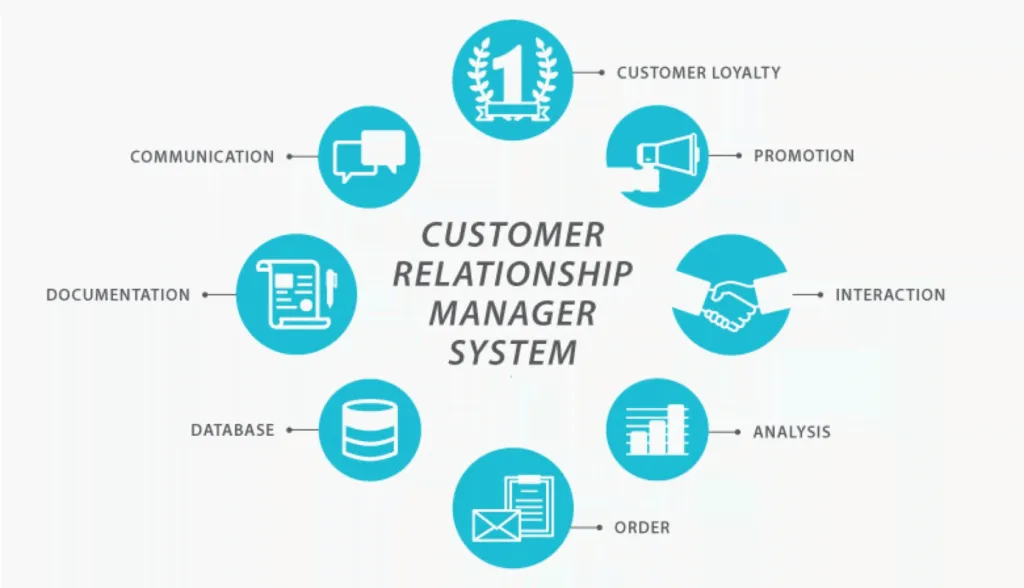
- CRM systems are foundational tools for tracking interactions with current and potential customers, managing lead progress, and analyzing conversion rates at each stage of the sales funnel.
- A robust CRM system provides detailed insights into where leads are lost and where conversions are successful. It enables marketing and sales teams to understand the effectiveness of different approaches and refine their strategies accordingly.
- By integrating data across all touchpoints, a CRM can deliver a unified view of customer interactions, making it easier to pinpoint areas for improvement.
2. Marketing Automation Tools

- These tools automate key marketing tasks like email marketing, social media posting, and campaign tracking, which are essential for nurturing leads through the sales funnel.
- Automation allows for consistent and timely engagement with leads, ensuring that no opportunities slip through due to oversight or delay.
- For instance, automated email sequences can be triggered based on specific customer actions, pushing leads closer to conversion with minimal manual effort.
3. Analytics and Data Visualization Platforms
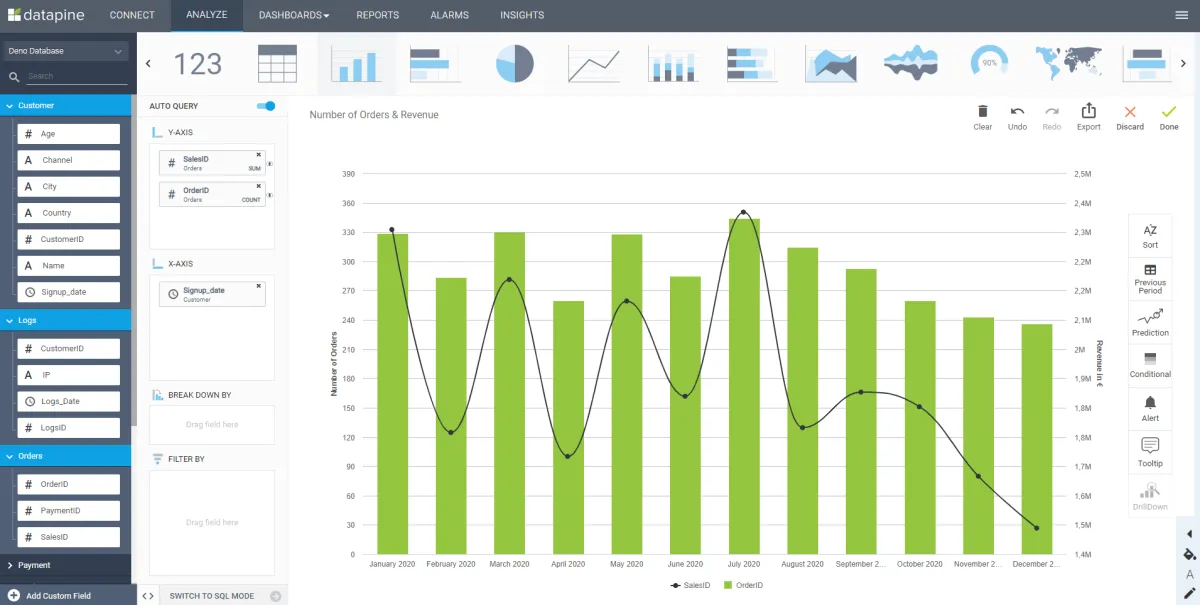
- Platforms like Google Analytics, Tableau, or Power BI provide powerful data analysis and visualization capabilities. They help dissect complex datasets to reveal patterns and insights.
- With these tools, you can visualize conversion paths and identify trends over time. They allow teams to measure the direct impact of specific marketing campaigns and adjust tactics to maximize conversion rates.
- For example, A/B testing results can be visualized to immediately see which variations perform the best.
4. Content Management Systems (CMS)
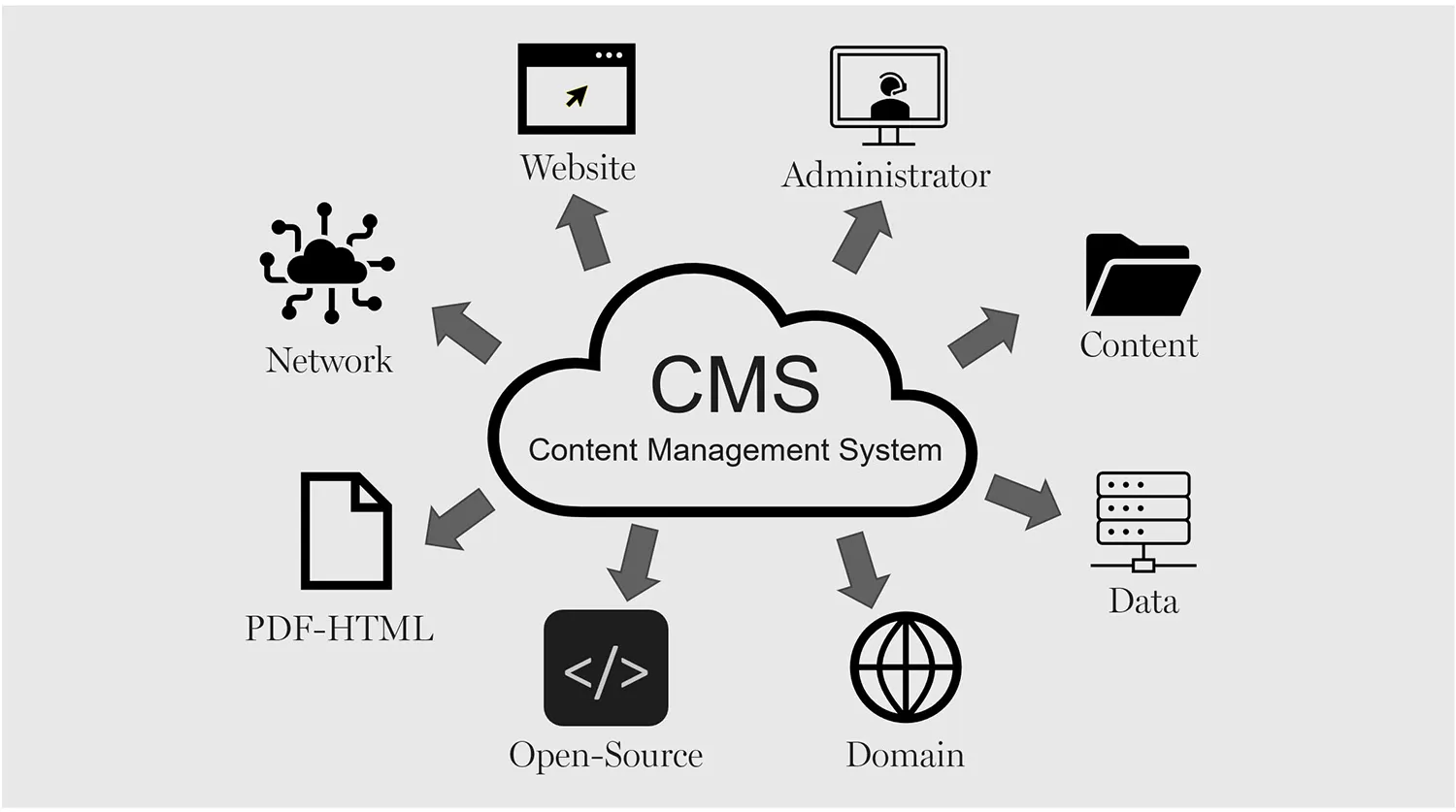
- A CMS helps create, manage, and track content effectiveness across different stages of the buyer’s journey.
- By monitoring which types of content (blogs, white papers, webinars, etc.) lead to the highest engagement and conversion rates, marketing teams can tailor their content strategies to better meet the needs of their audience and drive them toward a purchase.
5. User Experience (UX) Testing
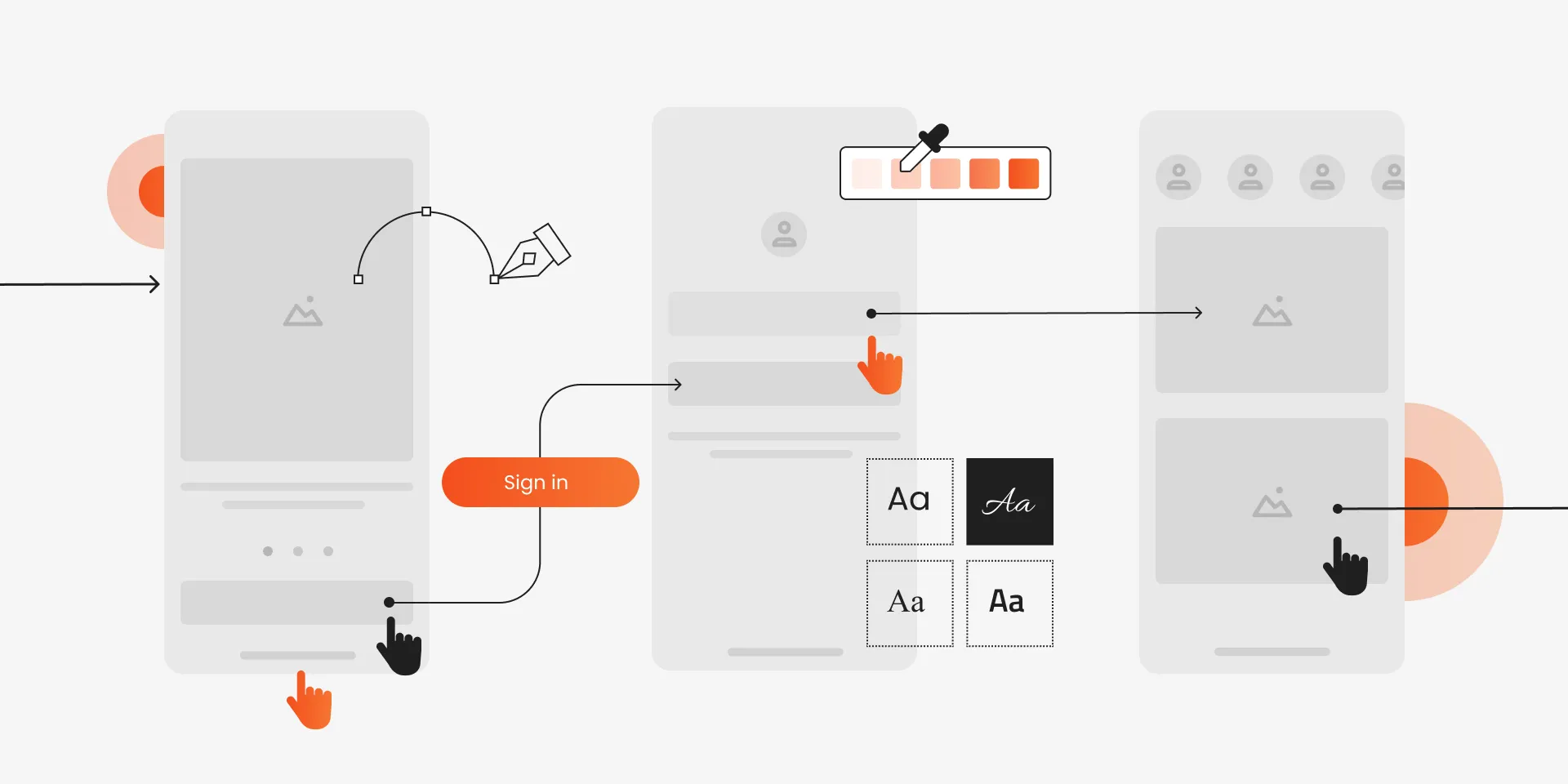
- UX testing involves assessing how users interact with your website or product interface and making adjustments to enhance usability and conversion potential.
- Simple changes, such as modifying the color of a call-to-action button or restructuring a landing page, can lead to significant improvements in conversion rates. Regular UX testing ensures that the website or product interface facilitates rather than impedes the conversion process.
6. Feedback and Surveys
- Direct feedback from customers provides qualitative insights into what works and what doesn’t in your sales process.
- Surveys and feedback forms can uncover reasons behind customer decisions not to purchase, providing critical data that can be used to refine marketing and sales approaches.
Concluding Thoughts
Improving MQL to SQL conversion rates is vital for optimizing the efficiency of your sales funnel and maximizing the effectiveness of your marketing and sales efforts. By understanding the key differences between MQLs and SQLs and employing strategic measures to transition leads effectively, organizations can enhance both the quantity and quality of their sales opportunities.
Tracking these conversion rates provides critical insights that enable continuous refinement of marketing and sales strategies, ensuring that your teams are always aligned and focused on the most promising leads. Employ the right tools and techniques to not just measure, but also enhance your conversion rates, paving the way for increased sales success and business growth.
Further Reading
To deepen your understanding of MQL to SQL conversion rates and enhance your lead management practices, consider exploring the following resources on our blog. These articles offer additional insights and practical advice to improve the effectiveness of your marketing and sales strategies:
- Understanding MQLs: What Does MQL Stand For?: This article demystifies the concept of Marketing Qualified Leads, offering a foundational understanding and why they are crucial for your marketing strategies.
- What is a Marketing Qualified Lead?: Dive deeper into the characteristics that define a Marketing Qualified Lead and how they differ from other types of leads.
- Lead Generation Essentials: Explore effective techniques for lead generation, including how to capture and nurture leads to improve your conversion rates.
- Sales Lead Generation: Strategies and Tips: Gain insights into the specific strategies that can enhance your sales team's lead generation efforts, focusing on creating high-quality sales leads.
- B2B Lead Generation Uncovered: Proven Strategies to Boost Your Sales Pipeline: Discover comprehensive strategies tailored to B2B environments, designed to significantly boost your sales pipeline and overall business growth.
These resources are designed to complement your knowledge on MQL to SQL conversion and optimize your overall lead management process, ensuring you make the most of every lead that enters your funnel.





.jpg)

.jpg)
